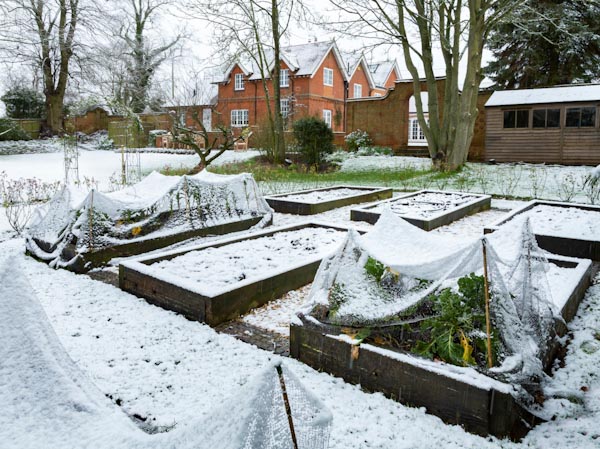Commercial Frost Cloth
FREE SHIPPING
The Commercial Frost Cloth helps to increase the season for flowering and harvesting by keeping the temperature underneath it higher than the ambient temperature. This spunbound fabric is available in various roll size options to fit a number of applications.














